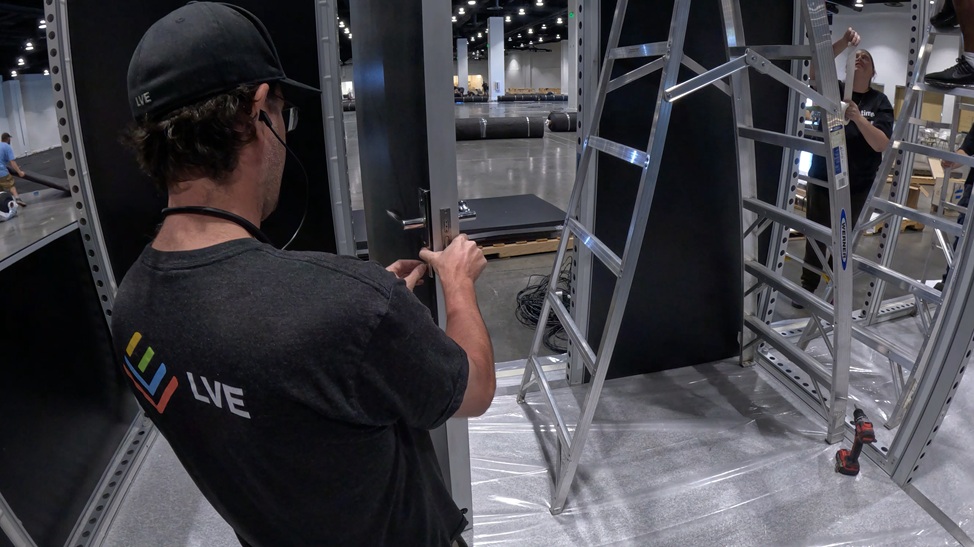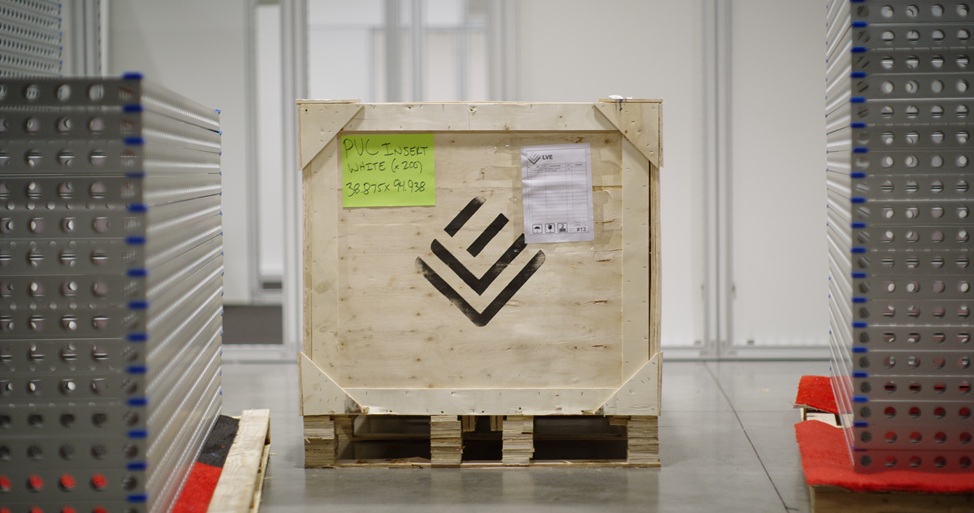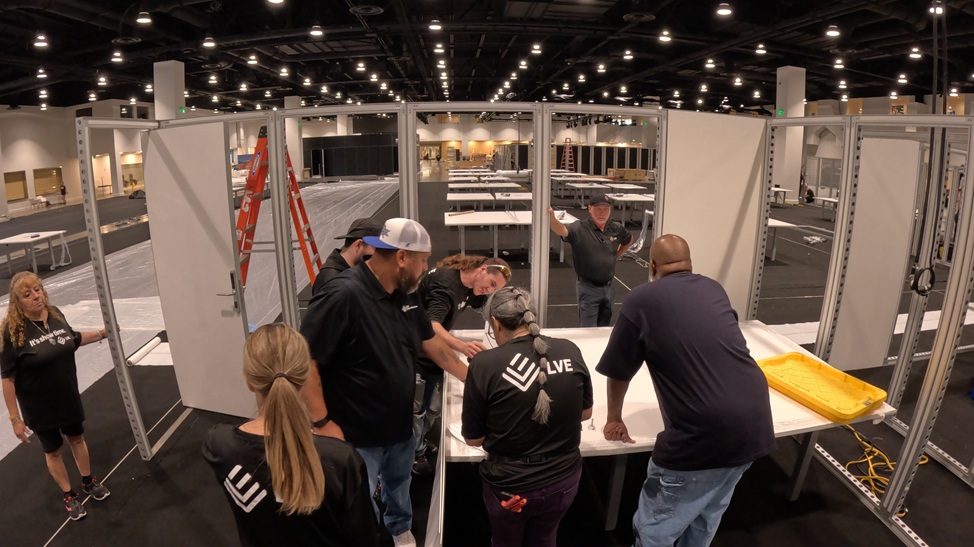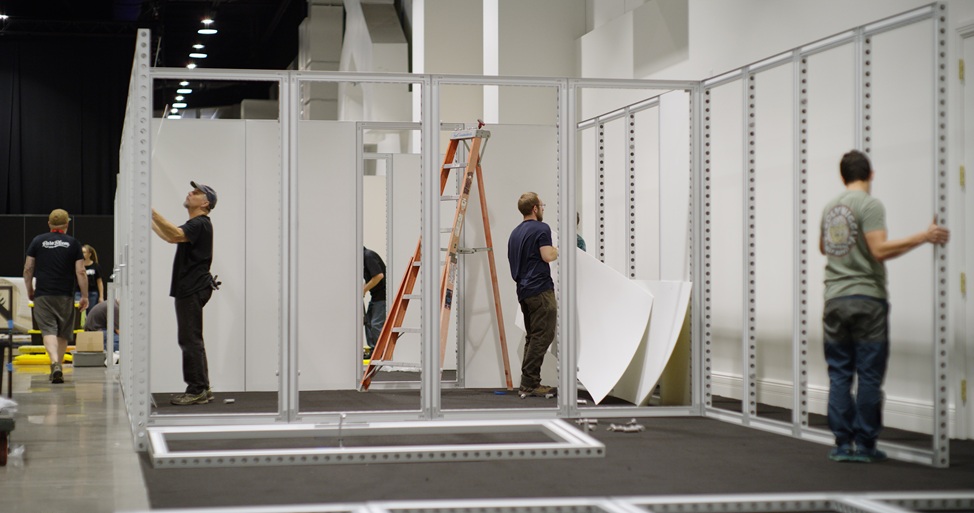Behind every successful tradeshow booth is a team that mastered the details. While the design and creativity catch the eye, it’s the logistics and execution that determine whether an exhibitor makes a lasting impression—or struggles to deliver. Smooth setup, precise coordination, and reliable partners aren’t just nice-to-haves; they’re the foundation of tradeshow success.
Below, we’ll break down some of the most common logistical challenges exhibitors face—and strategies to handle them with confidence.
Common Pitfalls in Tradeshow Logistics
Even the most seasoned exhibitors run into hurdles. Shipping delays, unclear venue rules, underestimating installation time, or juggling too many vendors can quickly throw schedules off track. These pitfalls often result in unnecessary stress, overtime fees, or missed opportunities on the show floor.
The key is planning ahead with built-in flexibility. Creating detailed timelines, understanding each venue’s regulations, and having backup options for freight or materials can help exhibitors stay in control.
Streamlining Setup and Teardown
Setup and teardown windows are notoriously tight. If installs take longer than expected, costs rise and valuable rehearsal or prep time is lost. On teardown day, delays can mean late shipments, extra labor costs, or even penalties from show management.
A streamlined process starts with clear instructions, trained crews, and an organized booth design. The more modular and intuitive the system, the faster the team can build and dismantle it. Consistency—using the same crew or vendor across shows—also cuts down on wasted time.

Handling Shipping Delays or Lost Freight
Freight is the lifeblood of a booth, and when something goes missing, panic sets in fast. Unfortunately, shipping hiccups happen more often than most exhibitors expect.
Best practice is to ship early when possible, track shipments in real time, and maintain an emergency backup plan. That might mean having duplicate graphics stored regionally, sourcing certain elements locally, or working with a logistics provider who understands the urgency of tradeshow timelines.

Managing On-Site Changes Efficiently
No matter how carefully planned, something always changes on-site—whether it’s a layout adjustment, product swap, or last-minute request from leadership. Poorly handled, these changes eat up time, strain staff, and can compromise the booth’s impact.
Efficient management comes down to having experienced supervisors on-site who can make quick decisions and communicate clearly. Flexibility in design also helps—modular displays and scalable graphics make it easier to pivot without major disruption.

Choosing Reliable Vendors and Partners
Every exhibitor relies on outside vendors for elements like AV, furniture, graphics, and labor. Choosing the wrong partner can mean late deliveries, technical failures, or inconsistent quality.
When vetting vendors, look for proven tradeshow experience, strong references, and a clear understanding of your brand’s goals. Building long-term relationships with trusted partners pays dividends in reliability and consistency across shows.
Allocating Staffing for Booth Install and Dismantle
Staffing is often underestimated. Exhibitors sometimes assume their sales or marketing team can handle setup—but this leads to exhaustion before the show even starts.
It’s important to separate booth labor from booth staffing. Hire trained installers or work with a service provider to manage the heavy lifting, so your team can stay focused on engaging prospects and maximizing the investment in the show.

Why It All Matters
When logistics run smoothly, exhibitors can focus on what really matters—building connections, telling their story, and creating memorable experiences for attendees.
That’s where LVE comes in. With over 30 years of experience, we know how to anticipate challenges, streamline execution, and manage every detail so our clients don’t have to. From setup to teardown, freight to vendors, we handle it all—saving our clients time, money, and countless headaches.
Tradeshows are high-stakes investments. With the right logistics partner, they don’t have to be high-stress ones.